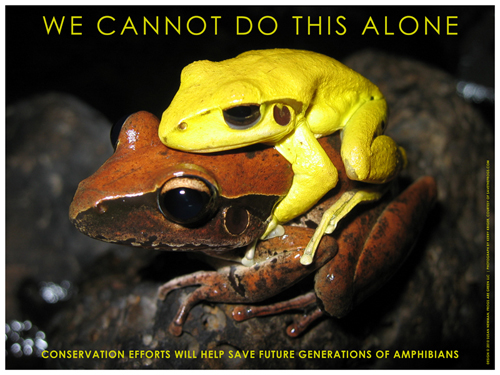Robin Moore, Conservationist, Photographer and Author of In Search of Lost Frogs
Exclusive!
Tune in tomorrow, October 10, 2014 at 3pm EST and meet…
Robin Moore, conservationist, photographer and author of “In Search of Lost Frogs.”
*** Now Replaying *** The podcast interview is here:
Webcast: Robin Moore interviewed by Susan Newman
Follow the event and comment on Facebook:
Robin Moore Interview on Facebook with Susan Newman (aka Suzy Brandtastic)
About Robin Moore:
Robin Moore is a conservationist, photographer and the author of In Search of Lost Frogs (In Search of Lost Frogs).
Since gaining a PhD in biodiversity conservation, Robin has been a powerful voice for amphibian conservation.
He is a Conservation Officer with Rainforest Trust, Global Wildlife Conservation and the Amphibian Survival Alliance, the largest global partnership for amphibian conservation.
He is a proud Senior Fellow of the International League of Conservation Photographers (www.ilcp.com), represented by National Geographic Creative, and recently Co-Founded Frame of Mind (www.frameofmind.org), an initiative that empowers youth around the world to connect with their natural and cultural worlds through photography and visual.
_____________________________________
About Suzy Brandtastic interviews:
Susan Newman, an environmentalist and brand visibility designer knows how important it is to tell your “why.” Susan hosts a podcast series, live action video series and a written interview series, all featuring environmentalists, innovators, creatives and small business owners.


















